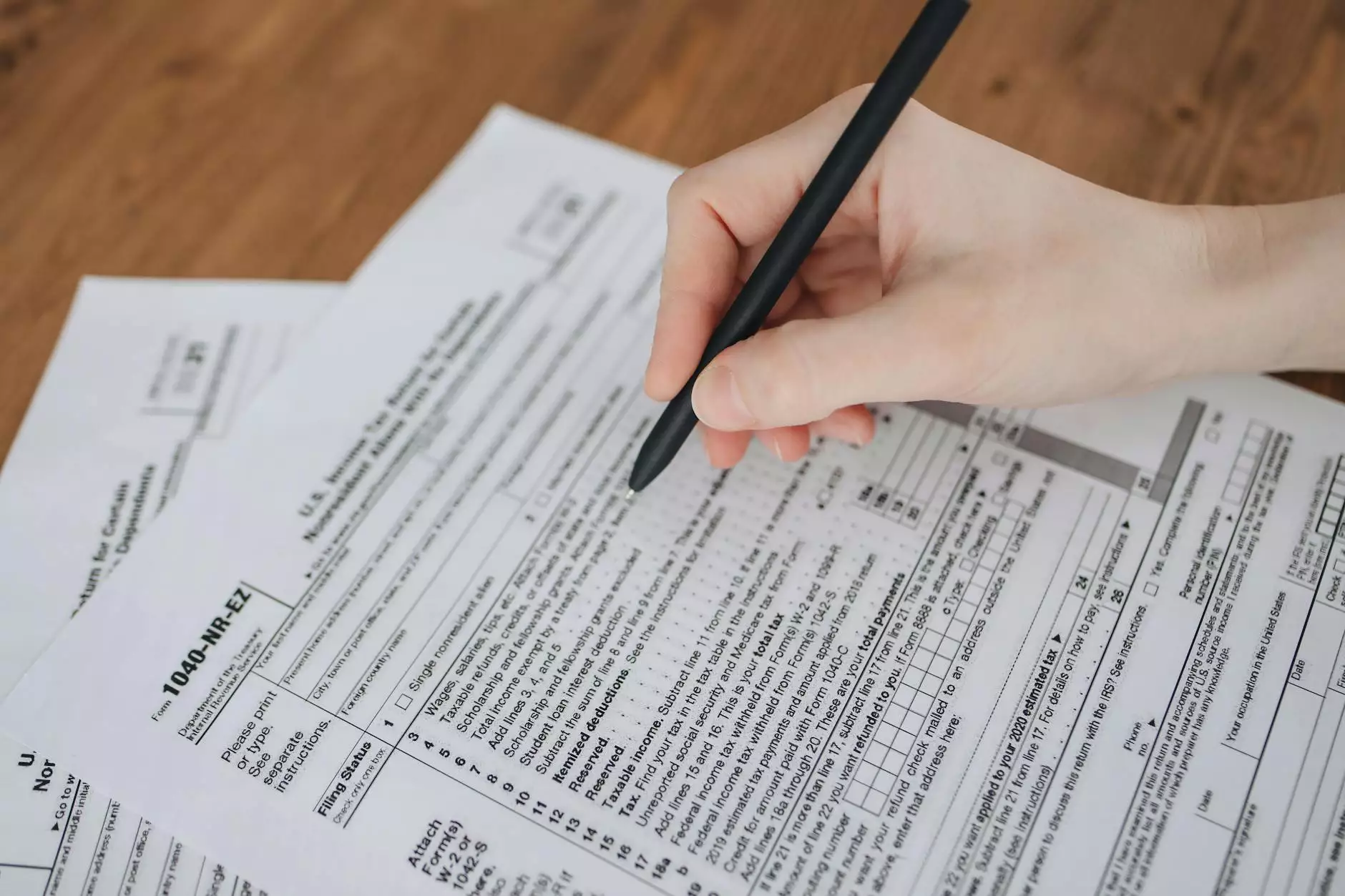The Importance of Data Privacy Compliance in Today's Business Environment

In a world increasingly driven by technology and data, data privacy compliance has never been more critical for businesses. As organizations collect vast amounts of personal information, the need to protect this data while adhering to various regulations is paramount. This article explores the ins and outs of data privacy compliance, its implications for businesses, and practical steps organizations can take to achieve compliance.
What is Data Privacy Compliance?
Data privacy compliance refers to the adherence of businesses to various legal and regulatory frameworks governing the collection, use, storage, and sharing of personal data. These laws are designed to protect individuals' privacy rights and ensure that organizations handle personal information responsibly. Compliance can vary greatly depending on the geographic location, industry-specific regulations, and the nature of the data being processed.
The Regulatory Landscape of Data Privacy
Understanding the regulatory landscape is the first step in achieving data privacy compliance. Numerous laws and regulations are in place globally, including:
- General Data Protection Regulation (GDPR): Enforced by the European Union, the GDPR enforces strict guidelines for data collection and processing.
- California Consumer Privacy Act (CCPA): This state-level regulation grants California residents specific rights regarding their personal information.
- Health Insurance Portability and Accountability Act (HIPAA): Governs the protection of health information in the United States.
- Personal Information Protection and Electronic Documents Act (PIPEDA): Canadian law that governs how private sector organizations collect, use, and disclose personal information.
Key Principles of Data Privacy Compliance
To achieve data privacy compliance, businesses must adhere to several key principles:
- Lawfulness, Fairness, and Transparency: Personal data must be processed lawfully, fairly, and transparently. Organizations must inform individuals about how their data will be used.
- Purpose Limitation: Data collection should be limited to specific, legitimate purposes. Organizations must not process data beyond these stated purposes.
- Data Minimization: Only the data that is necessary for the intended purpose should be collected and processed, reducing the risk of exposure.
- Accuracy: Organizations are responsible for ensuring the accuracy of personal data and must take steps to correct inaccuracies when they are identified.
- Storage Limitation: Personal data should only be retained for as long as necessary to fulfill its purpose. After that, data should be securely deleted.
- Integrity and Confidentiality: Organizations must implement appropriate security measures to protect personal data from unauthorized access or breaches.
Why Data Privacy Compliance is Essential for Businesses
Ensuring data privacy compliance is not merely a legal obligation; it brings multiple benefits to organizations. Here are a few reasons why it is essential:
- Building Trust with Customers: Demonstrating a commitment to data privacy fosters trust among customers. When individuals know their data is handled responsibly, they are more likely to engage with a brand.
- Legal Protection and Avoidance of Fines: Non-compliance can result in severe penalties. Adhering to data privacy regulations protects organizations from hefty fines and legal repercussions.
- Competitive Advantage: Organizations that prioritize data privacy can differentiate themselves in a crowded market. As consumers become more privacy-conscious, compliance can become a unique selling proposition.
- Enhanced Data Security: Developing a culture of compliance leads to improved data security measures, reducing the risk of data breaches and cyber threats.
Steps to Achieve Data Privacy Compliance
Achieving data privacy compliance involves a series of deliberate steps. Here’s a practical guide for organizations looking to navigate their compliance journey:
1. Conduct a Data Audit
The first step is to understand what personal data your organization holds, how it is collected, processed, and stored. A comprehensive data audit includes:
- Identifying all sources of personal data
- Mapping data flows within the organization
- Assessing data storage methods and duration
2. Develop a Privacy Policy
Create a transparent privacy policy that clearly outlines how personal information is collected, used, and shared. Ensure that the policy is accessible and written in clear language.
3. Implement Data Protection Measures
Establish technical and organizational measures to secure personal data. These may include:
- Encryption of data both in transit and at rest
- Access controls to restrict who can view and manage personal data
- Regular security audits and vulnerability assessments
4. Train Employees
Organizational compliance is only as strong as its people. Implement regular training sessions to educate employees about data privacy principles, regulations, and organizational policies.
5. Establish Incident Response Plans
In the event of a data breach, having a robust incident response plan is essential. This plan should outline detection, containment, and communication strategies.
6. Regularly Review and Update Policies
Data privacy regulations are constantly evolving. Regularly review and update your compliance policies and procedures to ensure alignment with current laws and best practices.









